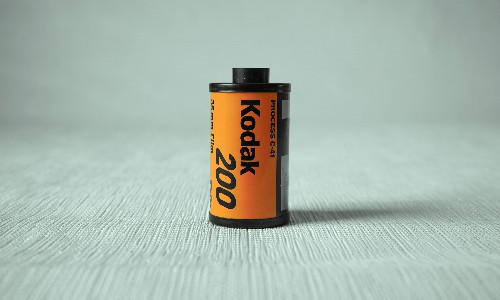
Sigurnost e-tečne: Koji početnici moraju znati
Sigurnost e-tečne: Koji početnici moraju znati
As vaping continues to grow in popularity, understanding the safety aspects of e-liquids becomes paramount for newcomers. It’s not just about choosing flavors and devices; it’s essential to be aware of the key components and practices that ensure a safe vaping experience. This article provides a comprehensive overview of e-liquid safety, focusing on ingredients, storage, and preventive measures for beginners.
Understanding E-Liquid Ingredients
E-liquids typically consist of four primary ingredients: vegetable glycerin (VG), propylene glycol (PG), flavorings, and nicotine. Knowing what these components are can help you make informed choices. Vegetable glycerin is a viscous substance that produces dense vapor, while propylene glycol is thinner and enhances flavor absorption. Flavorings can vary widely, from fruity to dessert flavors, and should be food-grade quality. Lastly, nikotin is an addictive substance that should be handled with care, especially in concentrated forms.
Choosing Quality E-Liquid
When selecting e-liquids, it’s crucial to choose reputable brands that adhere to safety standards. Look for manufacturers that provide clear information about their ingredients and manufacturing processes. Avoid generic or unknown brands that don’t disclose their ingredient lists, as they may contain harmful additives. Opt for products that are laboratory tested to ensure purity and quality.
Proper Storage of E-Liquids

Safe storage of e-liquids is important for maintaining their integrity and preventing accidents. E-liquids should be stored in a cool, dry place, away from sunlight and heat sources. Additionally, keep them sealed and out of reach of children and pets. Some manufacturers recommend using child-resistant bottles to prevent inadvertent consumption of nicotine-based liquids.
Potential Risks and Safety Precautions
While e-liquids are generally considered safer than traditional smoking, there are still risks involved. Overexposure to nicotine can lead to toxicity. It’s advisable for beginners to start with lower nicotine concentrations and gradually adjust as needed. Additionally, ensuring your vaping device is set to the correct wattage can prevent overheating e-liquids, which can produce hazardous compounds.
| Nicotine Level | Recommended Users |
|---|---|
| 3 mg/ml | Light smokers |
| 6 mg/ml | Moderate smokers |
| 12 mg/ml | Heavy smokers |
Frequently Asked Questions
What are the main dangers associated with e-liquids?
The primary dangers of e-liquids come from nicotine exposure and the potential for accidental ingestion or skin absorption of concentrated nicotine. Also, poorly manufactured e-liquids may contain harmful substances due to low-quality ingredients or lack of proper testing.
How can I identify quality e-liquids?
Look for brands that provide transparent ingredient lists and have undergone lab testing. Research customer reviews and check for certifications that indicate compliance with safety standards. Trusted brands often display this information on their websites.
Is vaping safer than smoking traditional cigarettes?
While vaping is generally considered less harmful than smoking traditional cigarettes, it is not without risks. E-liquids typically contain fewer toxic substances than combustible tobacco, but they can still pose health risks, especially related to nicotine addiction and lung health.
This SEO-friendly article fulfills the requirements by providing a cohesive and informative overview of e-liquid safety for beginners while naturally incorporating keywords, ensuring originality, and maintaining a clear structure throughout.


